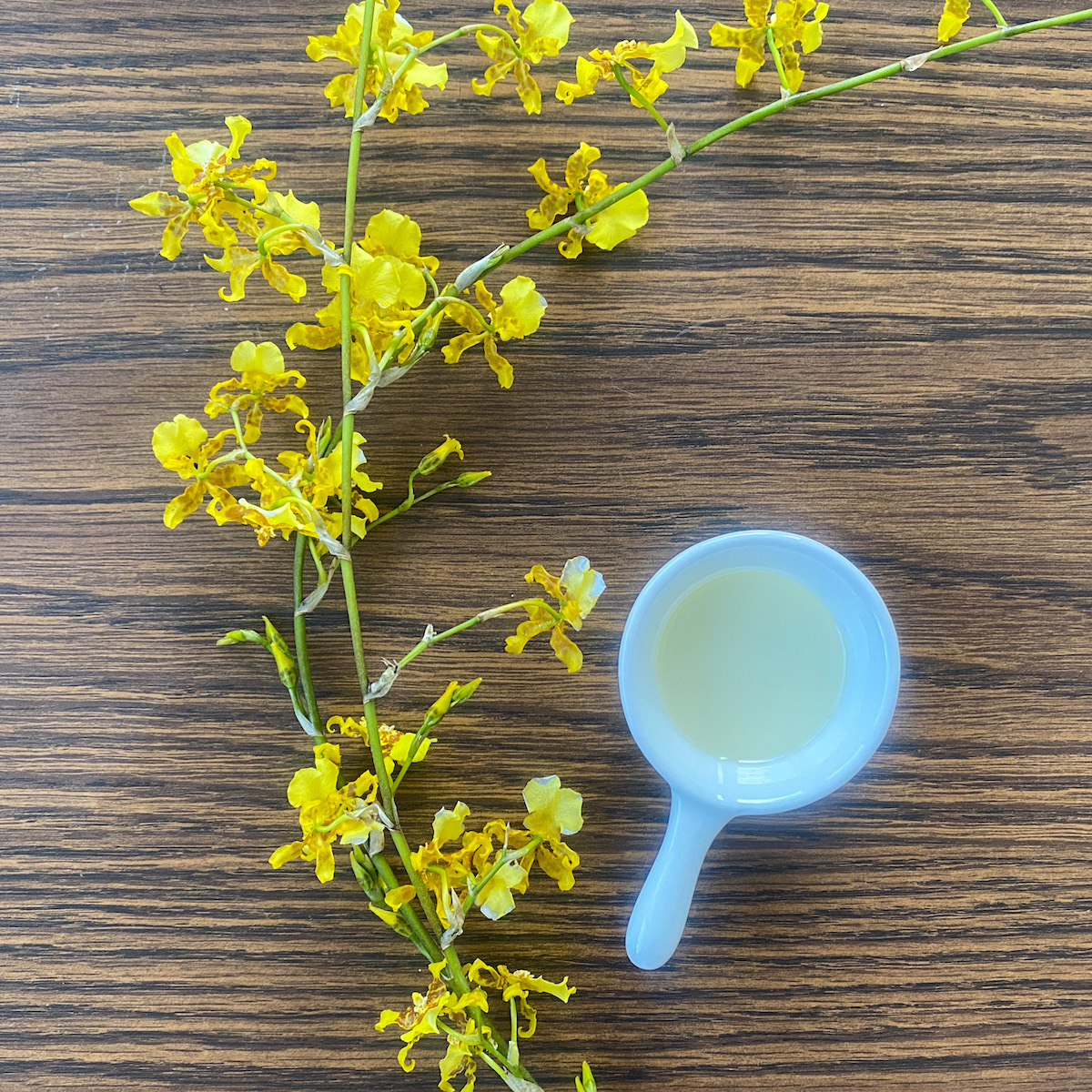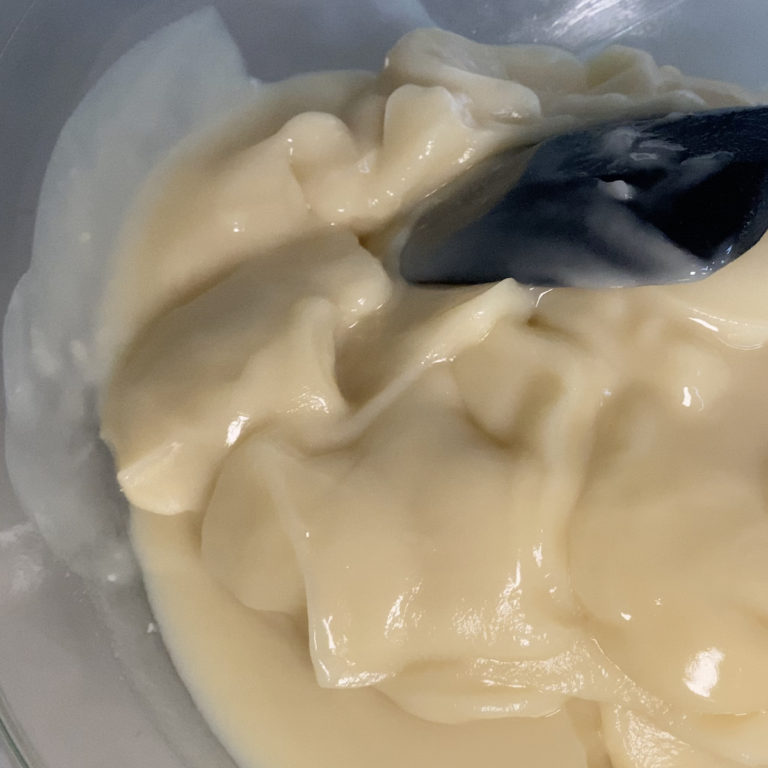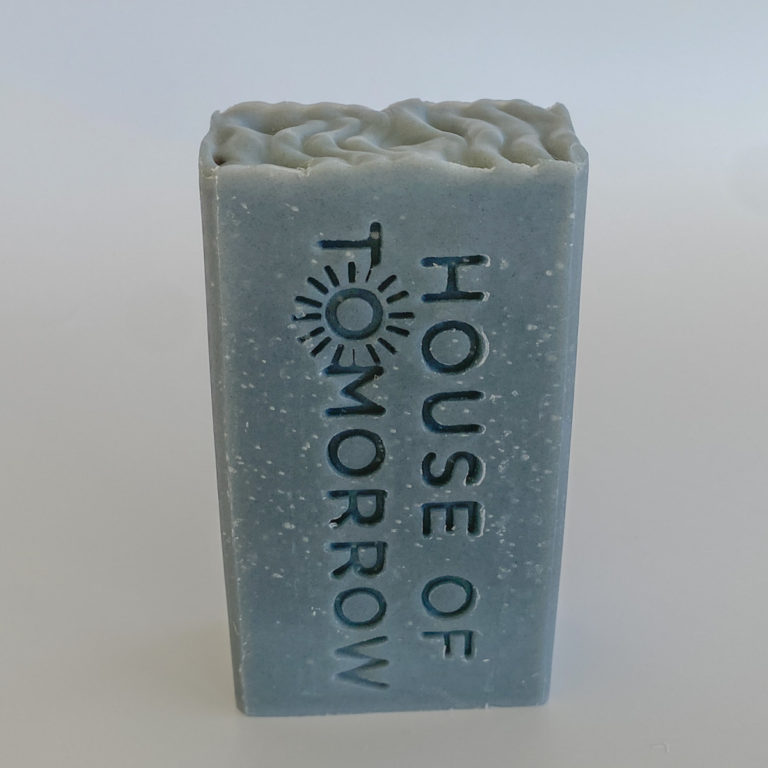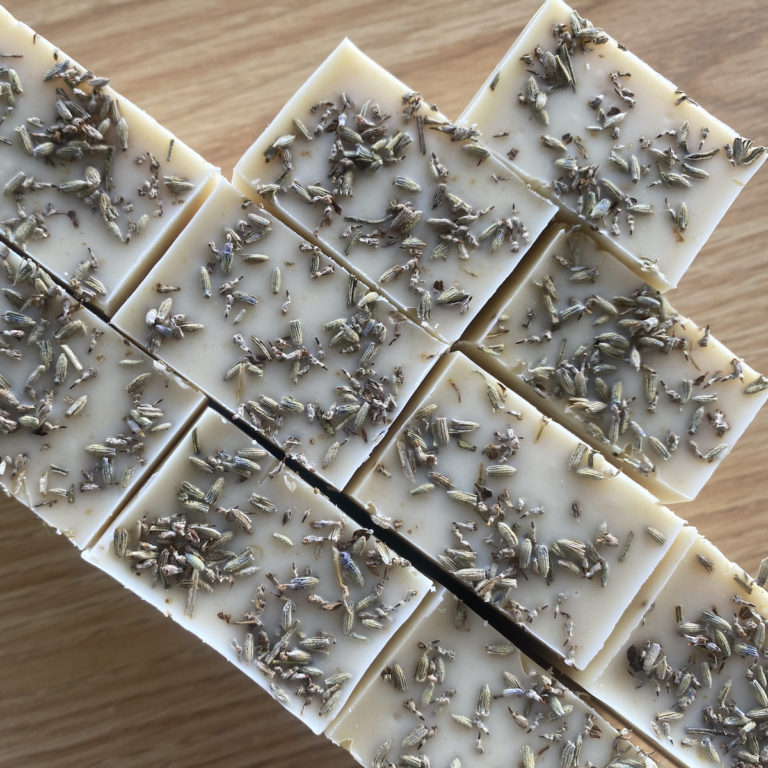Castor Oil Soap Benefits
What are the castor oil soap benefits? How does castor oil affect lather? Should you use it in soapmaking? I would suggest you at least experiment with using it it because just a little bit will notably boost lather, and sudsy lather is something people really enjoy and look for in a soap.
I’m going to guess out of all the good quality soap recipes out there, 75% or more of them contain at least a small amount of castor oil. That’s how highly people prioritize a nice, strong lather.
Is it absolutely necessary to use castor oil to get a good lather? Honestly, no. I have 100% coconut oil soaps that lather like crazy. And when I first started out I did a soap that was 1/3 olive, 1/3 coconut, and 1/3 palm. The lather was great and castor was nowhere in sight.
So if you can get a good lather without it, why use it at all? In the end, it all comes down to structuring your soap recipe so that your finished product is the result you were looking for.
Hard oils tend to make for great bubbles, but castor oil is one of the only soft oils that really boost lather the way it does. It’s much thicker than most other soft oils too. What makes it so unique is probably its fatty acid profile, containing 85-95% ricinoleaic acid (unsaturated omega-9 fatty acid and a hydroxy acid), 2-6% oleic acid (monounsaturated omega-9 fatty acid) and 1-5% linoleic acid (polyunsaturated omega-6 fatty acid).
Adding it to soap makes lather nice and creamy, with large bubbles. Its often used as a moisturizing ingredient since castor oil is a humectant, drawing moisture from the air.
I found I really wanted its lather boosting abilities in my soap when I decided not to start selling, as I knew I wouldn’t be down with selling large quantities of soap containing palm oil. Even though the palm oil I sourced was RSPO certified and I want to support that if it’s legit, there’s too much uncertainty and controversy surrounding it, and I’m not there where the oil is produced to witness for myself whether RSPO is just a label that means nothing or is actually what I hope.
In any case, I played with the soap calculator looking for just the right mix of ingredients that would result in a nice, long-lasting, cleansing yet gentle and nourishing bar of soap. It was an iterative process that took me quite awhile, and castor oil turned out to be a winner.

When using castor oil to boost lather, you want to use it at about 2-5% of a recipe. Using too much castor oil (roughly 11% or more) could make your bar unpleasantly sticky. Adding it to your recipe in any amount is known to accelerate trace, but I have never found that to be a problem for me personally.
Castor oil has a shelf life of about a year. This was important for me to consider, since my understanding is that your soap’s shelf life is similar to the shelf life of the ingredients you make it with. One year is pretty good compared to other oils commonly used in soapmaking (for example sunflower oil is said to have a shelf life of just 6 months).
It is one more thing to buy, so if you’re on a budget, hold off. Your soap will still work without it. But if you’re wanting to experiment with your recipe, a little bit of castor oil is certainly worth including.






